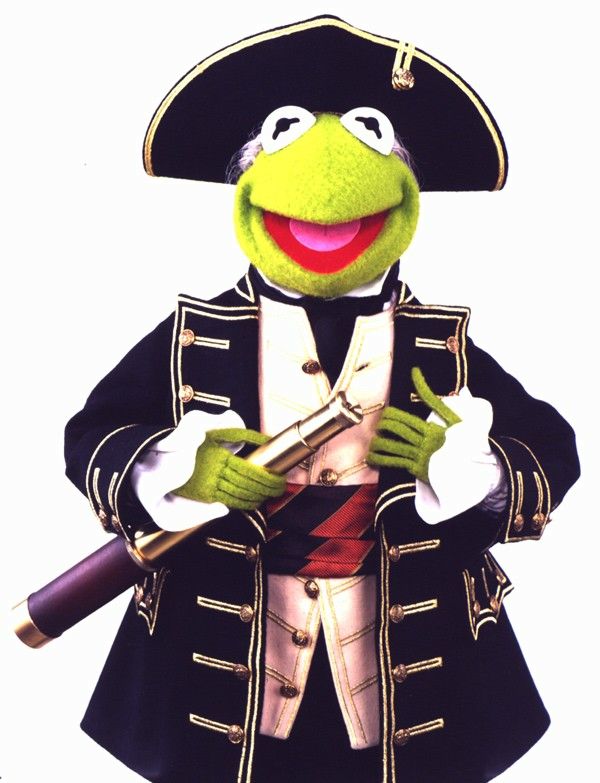The hardest part of writing for me, isn’t the part where I’m putting words on the page. While I can sometimes sit sweating at that blank space, or feel myself grinding out words as I grind my teeth, the act of writing is typically an enjoyable one - or relatively harmless at least.
No, the really difficult part of writing, the element that freezes me and has retarded every single writing project I’ve ever started, is that moment before I start to write. That moment, possibly just a few seconds is agony to me and I’ll do almost anything to put it off. It’s a moment where the blood runs cold and I freeze up.
I think it’s something to do with turning the possible into the actual. That process has always interested me and is a core theme in my self-published novel, Death of a Dream Pedlar. The possible chapter, article or piece, the hoped for one, never translates fully from my head, through the string of words and onto the page. Sometimes it gets close. Often, when I’ve written something and re-read it, especially if I’ve left it aside for a while, I’m pleased with what’s there. No matter how many times i have sat and written something to a standard I feel is acceptable, there’s something inside me which never trusts I’ll be able to do it again. That minute, or even couple of seconds stands as an unconquerable mountain that I have to face each time.
I also find that if I am writing, hit a small bump in the flow, need to answer a phone or a call of nature, I return to the text and have to face that moment again. Even if, while writing, I has a good notion of what the next part will be, I find I have to build up my courage and determination and get over the pain again. One of the reasons I’ve kept writing this blog so long, updating every Wednesday, is to force myself to face the moment at least once a week. One of the benefits of writing theatre reviews was that the deadline was midday the next day and I usually had not time to meet it in the morning and so had to write as soon as I got home. I still had to get through the moment every time I started a review, but I could rely, intellectually at least, on the fact that all the previous reviews had been written.
Another strange thing, is that the times when I am most desperate to write, most fizzing with ideas and lines, frothing at the mouth to get scribbling, are the times when this is impossible. My biggest waves of inspiration or willingness are when I’m at work, teaching children about science or marking maths. I think it\s almost a cheat my brain has with me, that when the prospect of the starting moment is impossible, I’m eager to do it.
This difficulty in getting going is one that I find in much of my life, I’m bad at transitions. I’m terrible at getting up and then getting going, I’m slow to warm up when I get to work, I stay at work a little longer than I need to because I find it hard to transition back into a post-work state. It’s not that I am nostalgic or look backwards, I simply find the shunt between different modes difficult to do, and I suppose the shunt into writing mode is the most difficult of all.
Generally, the biggest projects I have worked on are novels, but recently I’ve been embarked on the more physical challenge of stripping and decorating my house into somewhere comfortable to live. I’m really getting there now. I’ve had to balance this project with settling into a new workplace (a transition I’ve found harder than I expected), a new town (one I’ve found easier), rehearsing two plays as well as my writing, reading, leisure and bodily needs. It’s been a pretty full on year - and I’ve learnt some lessons.
Back when I was living somewhere else but doing this place up, I’d come here after work, put in a gruelling few hours scraping and then walk back to where I was living. As I’ve worked on the house while living here, I’ve managed to tear myself away from easier pleasures and get working. Last week I balanced painting my bedroom with rehearsing over six hours a week on a play I’m in. This has meant coming home from work, throwing on painting clothes, painting for an hour and a half, cleaning, changing and then going to the rehearsal. Normally, I’d have regarded the hour or so as dead space, but I managed to see the time as something I could truly accomplish a little more to my overall goal.
Writing and novel and gussying up a house are not too dissimilar. There’s an end goal in sight and a seemingly endless series of tasks to achieve to reach it. Just as I was able to transition into decorating mode and get started, reasoning that all little steps get closer to the final outcome, I hope I can apply the same in my writing life and really, finally free myself from fear of that moment. It’s worth a try, anyway.









